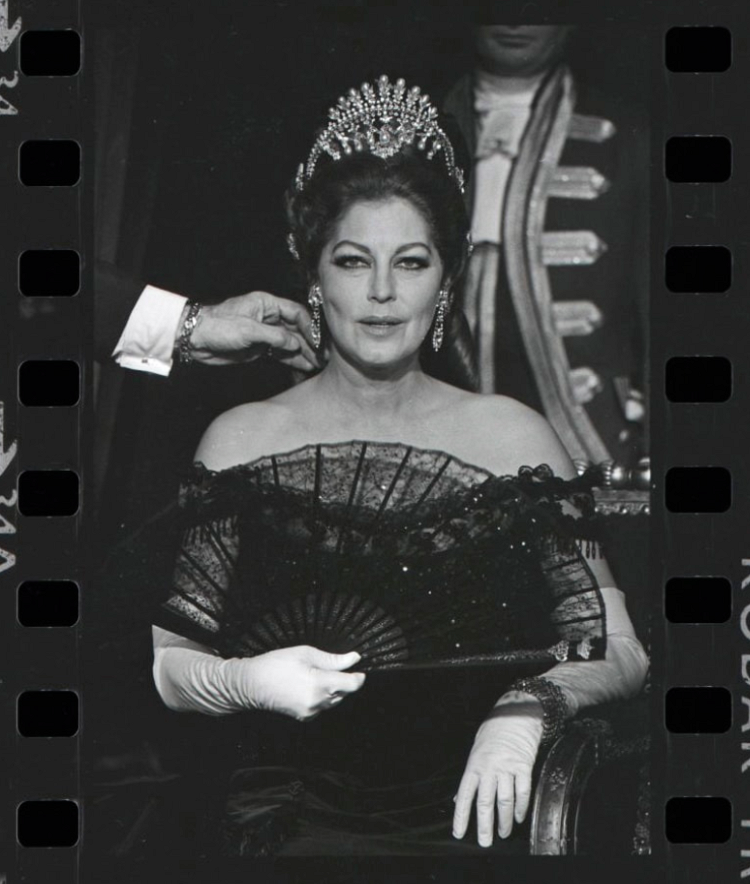 |
| Landgraf Moritz von Hessen-Kassel mit seiner Familie. Apparently worked on for twelve years, the painting measures 230.5 cm x 422 cm (90.7 inches x 13.8 feet). |
Landgraf Moritz - also called
Moritz der Gelehrte (the Learned) - was a great supporter of the arts. He built the first permanent theatre in Germany in 1605 while he, himself, was a serious musician and composer. But his conversion to Calvinism caused a far reaching conflict in the region, and his unwise handling of his state's finances finally resulted in his abdication in 1627, five years before his death. This vast painting celebrates the family he made with his second wife, Juliane, who he married in 1603. There were six children born to his first wife, Agnes of Solms-Laubach, but only one was still alive by the time this family portrait was begun. The last of the children born during that first marriage, Wilhelm, who succeeded his father, is not included in this group.



The huge group portrait is not a great work of art - the drawing is crude and, typical of the period, the figures are awkward and stiff - but the wealth of detail is remarkable. It isn't merely the precise rendering of the elaborate clothing, but also the personal touches. The two dogs; the chairs the three smallest children sit on; the two sisters holding hands; and all the toys enjoyed by the smaller children. Rattles, a doll, a tiny crossbow, flowers, a drum, a hobbyhorse. These things, almost in spite of the artist's relative lack of skill, bring a real sense of life to this monumental record of
diese ganz große Familie. |
| Moritz Landgraf von Hessen-Kassel (25 May 1572 - 15 March 1632). |
 |
| Juliane, Landgräfin von Hessen-Kassel, née Countess of Nassau-Siegen (3 September 1587 - 15 February 1643). |
I'm not quite sufficiently crazy as to attempt an identification of each child. Though it might seem not impossible to guess, comparing birth dates with their apparent relative ages, it should be noted that several of the children had not been born when the painting was begun, and at least three had died before it was finished; the fourteen children portrayed here were not all living at the same time.
Philipp (26 September 1604 - killed in battle, 17 June 1626).
Agnes (14 May 1606 - 28 May1650), married John Casimir, Prince of Anhalt-Dessau.
Herman (15 August 1607 - 25 March 1658), inherited Rotenburg.
Juliane (7 October 1608 - 11 December 1628).
Sabine (5 July 1610 - 21 May 1620).
Magdalene (25 August 1611 - 12 February 1671), married Erich Adolf, Count of Salm-Reifferscheid.
Maurice (13 June 1614 - 16 February 1633).
Sophie (12 September 1615 - 22 November 1670), married Philip I, Count of Schaumburg-Lippe.
Frederick (9 May 1617 - killed in battle, 24 September 1655), inherited Eschwege.
Christian (5 February 1622 - 14 November 1640).
Ernest (17 December 1623 - 12 May 1693), inherited Rheinfels.
Christine (9 July 1625 - 25 July 1626).
Philipp (28 September 1626 - 8 July 1629).
Elisabeth (23 October 1628 - 10 February 1633).
*
August Erich (26 July 1591, Eisenach - 12 May 1670, Eisenach), German artist and councilman of the city of Eisenach. Unfortunately, I haven't been able to find any other information about this artist.































































